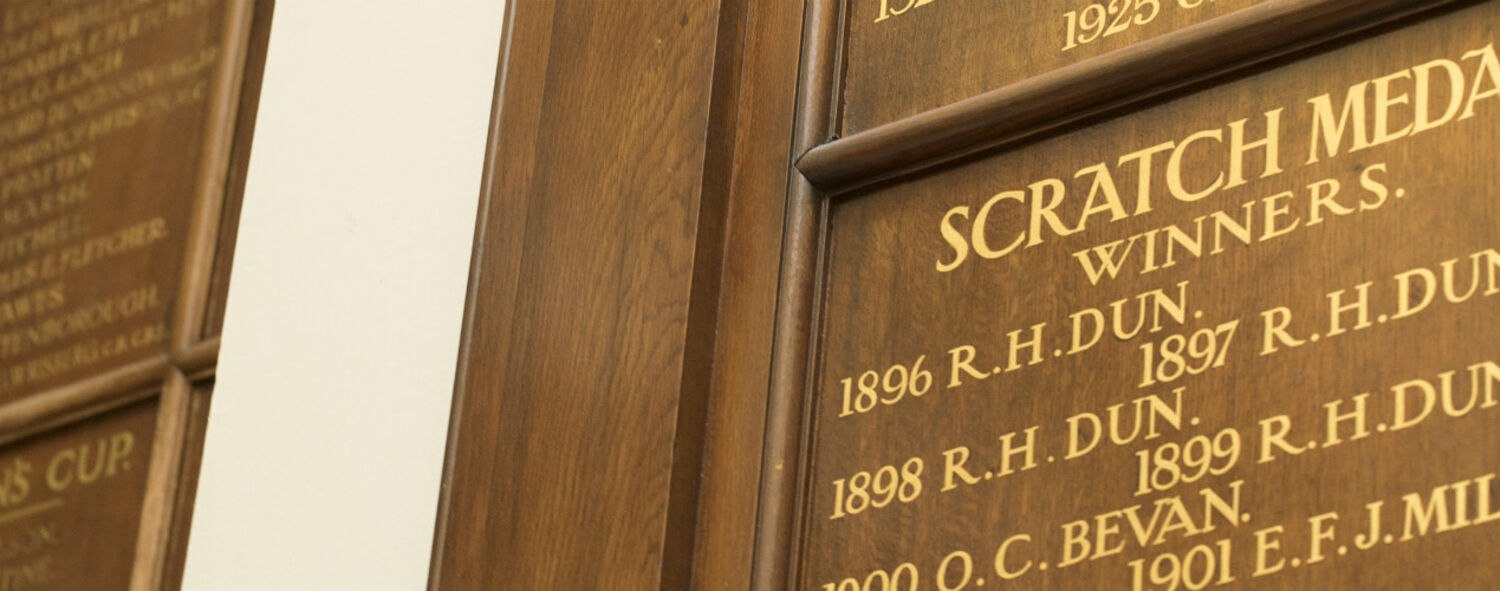
The Imperial Downfall
Napoleon wanted to help Italy become a nation but on his own terms. He was moderately successful in this.
He dabbled in American affairs, encouraging Maximillian of Austria to become King of Mexico with the help of French troops and French money. Maximillian was shot by republicans in Mexico and his wife, Charlotte, came to Europe for help but was refused. She became insane but lived until 1927.
Louis tried to play diplomacy with Bismark, the German Chancellor, who was set on uniting Germany under Prussian dominance. Louis was progressively outflanked and tricked into war; he discovered that his army was not superior, as he had previously thought.
His excellent chief of staff, Maréchal Niel, had died in 1869 and his successors had left the French forces ill-prepared. Maréchal Adolphe Niel was by far the ablest soldier of the Second Empire. When he was challenged over his attempts to strengthen and modernise the army by a leading Republican opponent,
“Do you want to turn France into a gigantic barracks?”
Niel replied,
“Take care that you do not turn it into a gigantic cemetery.”
Napeleon led his troops himself.
He was a sick man, with a painful stone in his bladder which agonised him as he rode.
The final defeat and surrender came at Sedan in 1870.
Eugénie had already escaped to England that year, helped by her American dentist, Dr Evans.
She arrived in Ryde on the Isle of Wight and at once went by train to meet her son, the Prince Imperial, who had escaped to Hastings.
Dr Evans made almost daily visits in search of a suitable residence for the family, with the result that they almost settled in Torquay.
Finally, Camden Place was inspected.
For the Imperial Family, the building had the double attraction of being near to London and having a Catholic church in the local vicinity.
Mr Nathanial Strode was the landlord. He had known the Emperor in former times.
In the early 19th century, Camden Place had passed into the hands of a merchant with strong links to Russia, Thomson Bonar, who was murdered together with his wife by a footman in 1813.
Legend has it that the bloodstains remained on the stairs for many years.
In spite of Camden Place’s chequered history, Eugénie wanted to move in at once.
She refused the offer of a special train and took the afternoon passenger train instead.
Two two-wheelers were waiting at Chislehurst station to take her up the hill to the house.
The motto in the stonework over the front door belonged to Nathaniel Stroke and reads, in Latin,
“Death rather than dishonour” (Malo Mori Quam Foedari).
“It is a motto made for me,” said Eugénie. She and the Imperial Prince went to mass at St Mary’s, Chislehurst, for the first time and were not recognised.
Mr Strode stayed some days with the Empress and then withdrew to Cranmore Lodge.
His steward, a Mr Fodor, left at the same time and was killed in a carriage accident on the Eltham road.
A small court began to form around the Empress.
A Dr Conneau arrived with his son, a playmate of the Prince Imperial. Another, the Duc de Bassano, appeared carrying only a carpet bag. Soon, several houses in the vicinity were occupied by French tenants. M. Filon, the Prince’s tutor, arrived.
Meanwhile, the Emperor was in prison, but comfortably so, until the last French army surrendered.








